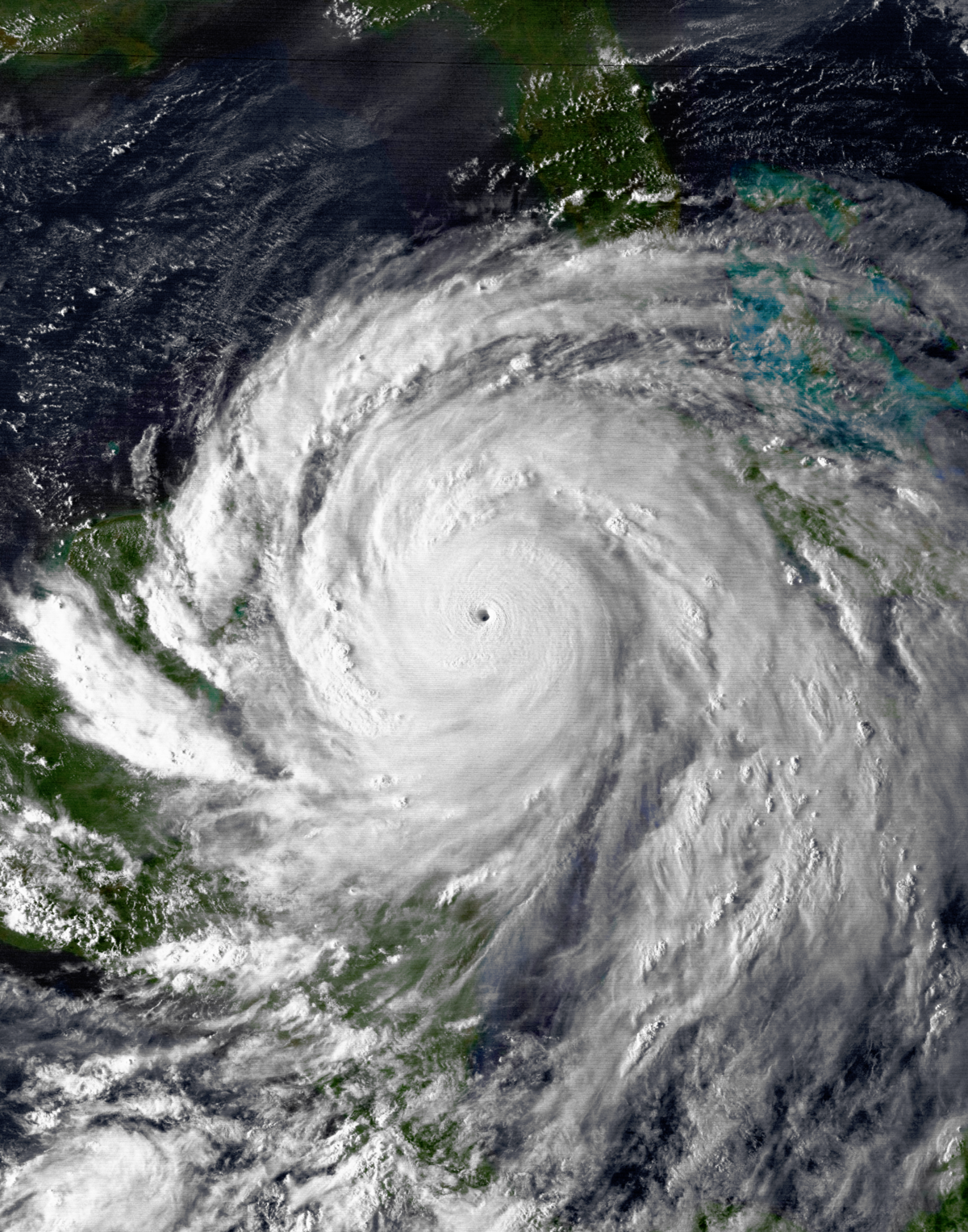heightmaxxing
I want a perfect body I want a perfect soul
- Joined
- Sep 24, 2023
- Posts
- 5,181
- Reputation
- 8,289
In September 2006, Typhoon Xangsane left an indelible mark on Southeast Asia, navigating a path of destruction across the Philippines and Vietnam. Originating as a tropical disturbance in the western Pacific Ocean, Xangsane rapidly intensified into a formidable typhoon as it advanced westward, gaining strength and posing a significant threat to coastal communities.
On September 25, the typhoon made a catastrophic landfall in the Philippines. The archipelago bore the brunt of Xangsane's ferocity, grappling with relentless winds, torrential rainfall, and consequential flooding. Metro Manila, the densely populated capital, witnessed the storm's unbridled force, leading to extensive damage to infrastructure, uprooted trees, and widespread power outages. The storm's impact resulted in a tragic loss of life, displacing countless residents and prompting urgent humanitarian responses.
As Xangsane traversed the South China Sea, it intensified further before making landfall in Vietnam. The Vietnamese coastline faced the full force of the typhoon, exacerbating existing vulnerabilities in the region. The storm's onslaught resulted in additional casualties, widespread displacement, and substantial damage to homes and critical infrastructure.
The aftermath of Typhoon Xangsane prompted a coordinated international relief effort. Humanitarian organizations, local governments, and international partners rallied to provide assistance and support to the affected regions. This calamitous event underscored the importance of disaster preparedness and response in vulnerable areas, leading to increased efforts in subsequent years to enhance resilience and mitigate the impact of natural disasters.
The legacy of Typhoon Xangsane serves as a poignant reminder of the collective efforts required to confront the challenges posed by extreme weather events, emphasizing the need for ongoing initiatives to build resilient communities and mitigate the impact of future natural disasters in the region.
On September 25, the typhoon made a catastrophic landfall in the Philippines. The archipelago bore the brunt of Xangsane's ferocity, grappling with relentless winds, torrential rainfall, and consequential flooding. Metro Manila, the densely populated capital, witnessed the storm's unbridled force, leading to extensive damage to infrastructure, uprooted trees, and widespread power outages. The storm's impact resulted in a tragic loss of life, displacing countless residents and prompting urgent humanitarian responses.
As Xangsane traversed the South China Sea, it intensified further before making landfall in Vietnam. The Vietnamese coastline faced the full force of the typhoon, exacerbating existing vulnerabilities in the region. The storm's onslaught resulted in additional casualties, widespread displacement, and substantial damage to homes and critical infrastructure.
The aftermath of Typhoon Xangsane prompted a coordinated international relief effort. Humanitarian organizations, local governments, and international partners rallied to provide assistance and support to the affected regions. This calamitous event underscored the importance of disaster preparedness and response in vulnerable areas, leading to increased efforts in subsequent years to enhance resilience and mitigate the impact of natural disasters.
The legacy of Typhoon Xangsane serves as a poignant reminder of the collective efforts required to confront the challenges posed by extreme weather events, emphasizing the need for ongoing initiatives to build resilient communities and mitigate the impact of future natural disasters in the region.


